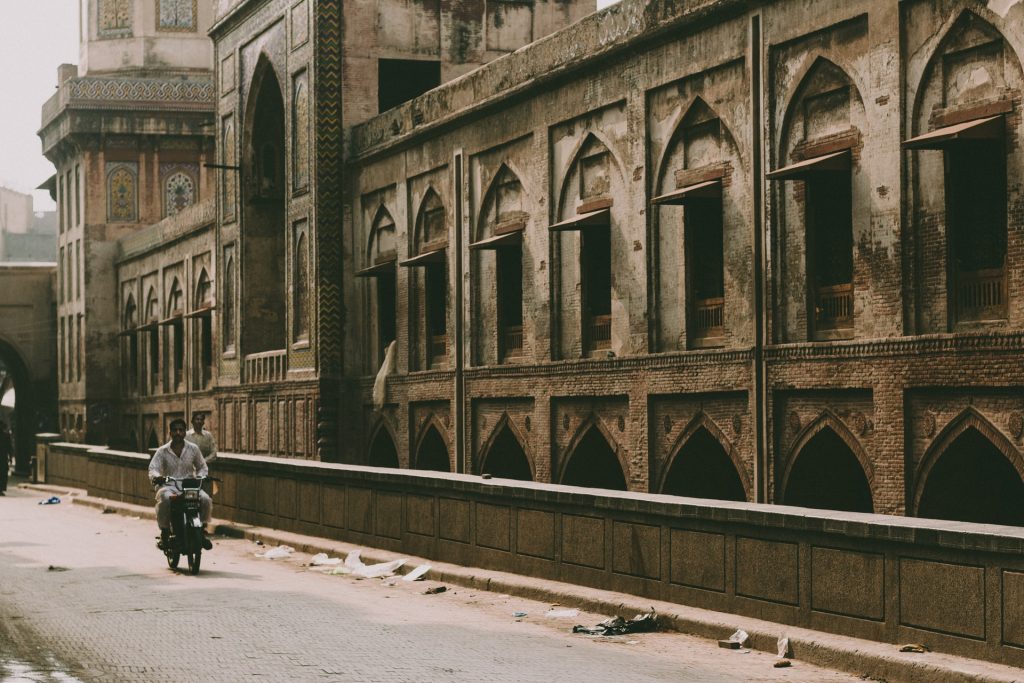By replacing the traditional approach to spatial design with western ideals, British colonisation of Pakistan contributed to the decline of women’s access to public space.
Women navigate Pakistani urban space through various limitations set by social standards. While these limitations are gendered, socio-cultural, and religious, they are also reinforced by the built environment itself. The long-lasting effects of British colonisation on the social structures of the country can be observed in both the physical layout of cities and in the Pakistani home. Gated communities and suburban-style neighbourhoods, which have recently become so popular in the country, could not be further from its traditional urban organisation. Indeed, in their uniformity, these new residential areas manifestly fail to live up to the diverse experience of urban space that was once so common prior to British colonisation. In particular, the distinction between private and public is rigid and does not allow for in-between areas, varying degrees of privacy, and flexible uses.
The transition from traditional spatial configurations to Western ideals had a significant impact on women’s access to urban spaces. A closer look at this transition offers a useful glimpse into the role of architecture in legitimising women’s place in public environments or, on the other hand, in pushing them further back into the confines of their home.
Read the full article on Failed Architecture
Author: Hamzah Al Asadulloh
Recommended by Floor van Ditzhuyzen











More Stories
Abandoned no more: Mumbai’s new park on previously disused land
Studio Saar crowns Udaan Park with canopy of colourful birds
In Tokyo, a public toilet that is also a cinema and a kiosk